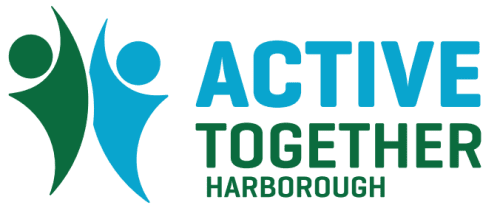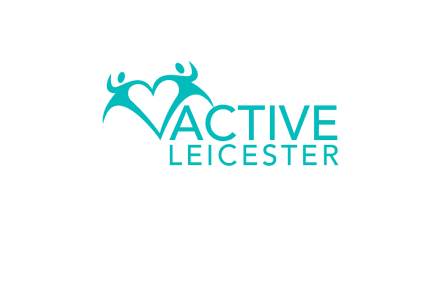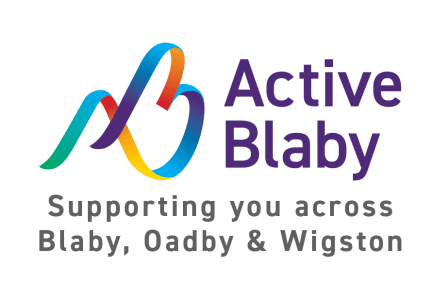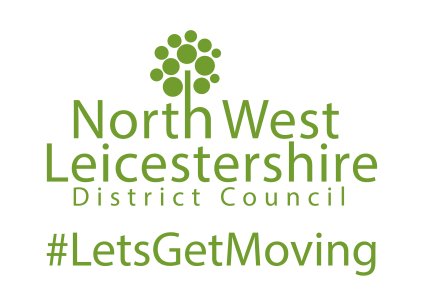Urban design for health: inspiration for the use of urban design to promote physical activity and healthy diets in the WHO European Region
- Date Published
- Aug 2022
- Publisher(s)
- WHO
- Document Type
- Practical Toolkit/Guidance
- More Info
- https://www.who.int/europe/publications/i/item/WHO-EURO-2022-5961-45726-65769
- Tags
- Environmental Planning, Health, Planning, WHO
- Themes
- Health & Wellbeing*, Infrastructure & Travel*, Physical Activity, Strategy & Policy
- Sub Themes
- Physical Health, Facilities, Planning
- Geographic Area
- National
Noncommunicable diseases are a major cause of death and disability around the world. The design of our urban environments limits people's ability to be active in daily life and limits access to and the availability of healthy food options. Outlets selling alcohol and tobacco products are exacerbating the epidemic in many cities. Research has shown that design can impact today's greatest challenges to the physical, mental and social well-being of communities around the world. How can we best move from ideas to action? And how can we best integrate interventions that put the health and well-being of people at the centre of planning and designing cities? Those were the central questions explored during a virtual symposium held by WHO Regional Office for Europe in collaboration with Gehl in April 2021. The symposium explored how to advance concrete actions in support of healthier environments and behaviour in cities through urban planning and design, with a focus on physical activity and health diets.
















